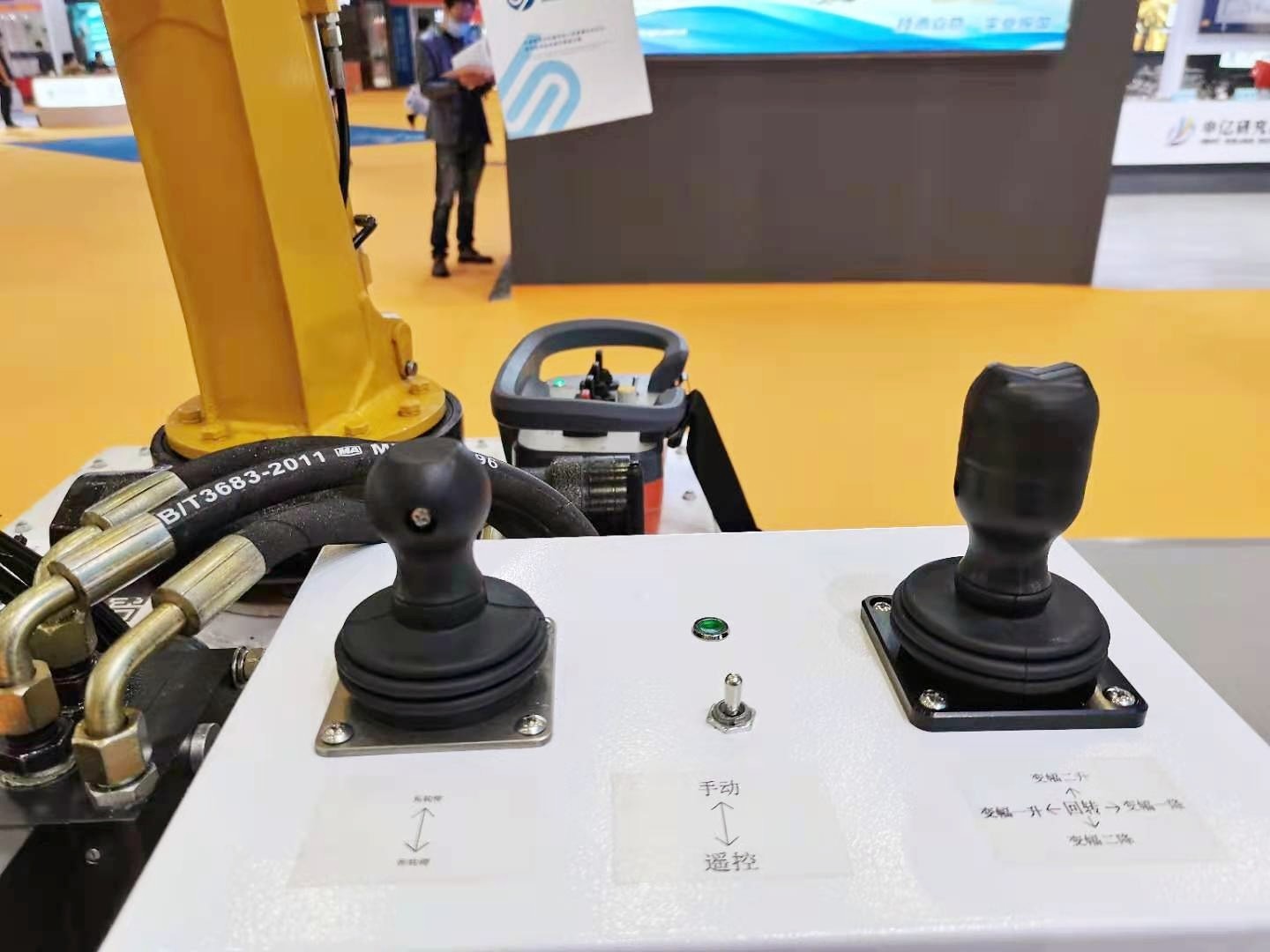The cost of industrial joystick controllers can vary significantly based on several factors. These devices are crucial for operating machinery with precision and reliability, making understanding the pricing landscape essential for businesses. Various elements influence the overall price, including brand reputation, functionality, precision, and the number of control axis.

Brand Reputation
Brand reputation plays a significant role in pricing industrial joystick controllers. Established brands often command higher prices due to their proven reliability and quality. Companies with a long history in the industry are trusted for their innovative designs, rigorous testing, and customer support. Investing in a renowned brand can provide peace of mind, knowing that the controller is backed by extensive experience and a commitment to quality.
Conversely, lesser-known brands may offer more competitive pricing. While these products can be cost-effective solutions, they may not have undergone the same level of rigorous testing or quality assurance. Companies should weigh the benefits of brand reputation against their budget constraints.
Functionality
Functionality and features significantly impact the price of joystick controllers. Basic models that perform simple movements typically cost less than those equipped with advanced capabilities. Features like programmable buttons, customizable controls, and integrated safety functions enhance user experience and operational efficiency but often come at a higher price.
Controllers designed for specialized applications might include additional functionalities like haptic feedback or adaptive control systems. While these can improve user interaction and performance, they also increase the overall cost. It’s essential for businesses to define their specific needs and choose a joystick that balances features with budget considerations.
Precision and Performance
The precision of the joystick controller is another critical factor influencing its price. Higher-precision models typically utilize advanced sensor technologies, such as Hall effect sensors, which provide a more accurate response to user inputs. Precision is particularly important in applications requiring meticulous control, such as robotics or medical equipment.
Controllers with lower precision may be suitable for less demanding tasks, allowing for cost savings. However, businesses should carefully assess whether reduced precision could impact operational effectiveness. In high-stakes environments, investing in a more precise controller may prove more cost-effective in the long run.
Control Axes
The number of control axes is a prominent factor affecting pricing. Basic joystick controllers may provide a single-axis function for simple applications. However, multi-axis controllers offer more agility and versatility, enabling users to control movement in several directions simultaneously. These controllers are integral in operations involving complex machinery, such as cranes or heavy equipment.
Multi-axis joysticks tend to be pricier due to their complexity and the technology used in their design. Businesses must evaluate their operational requirements to determine the right balance between the number of axes needed and the associated costs.
The price of industrial joystick controllers can vary widely based on several influencing factors, including brand reputation, functionality, the number of control axes and precision. Understanding these elements helps businesses make informed decisions that align with their operational needs and budget constraints.
Shanghai Chengong Electrical Control Co., Ltd. is a leading manufacturer dedicated to industrial joysticks, boasting over 20 years of experience in joystick innovation, research and development, production, and customization services. Their grip style joysticks are competitively priced, ensuring high quality without excessive costs. By partnering with a reliable manufacturer, businesses can access affordable solutions that enhance productivity and operational effectiveness.